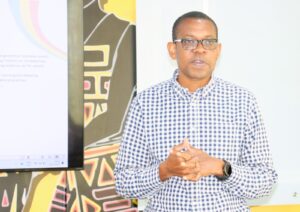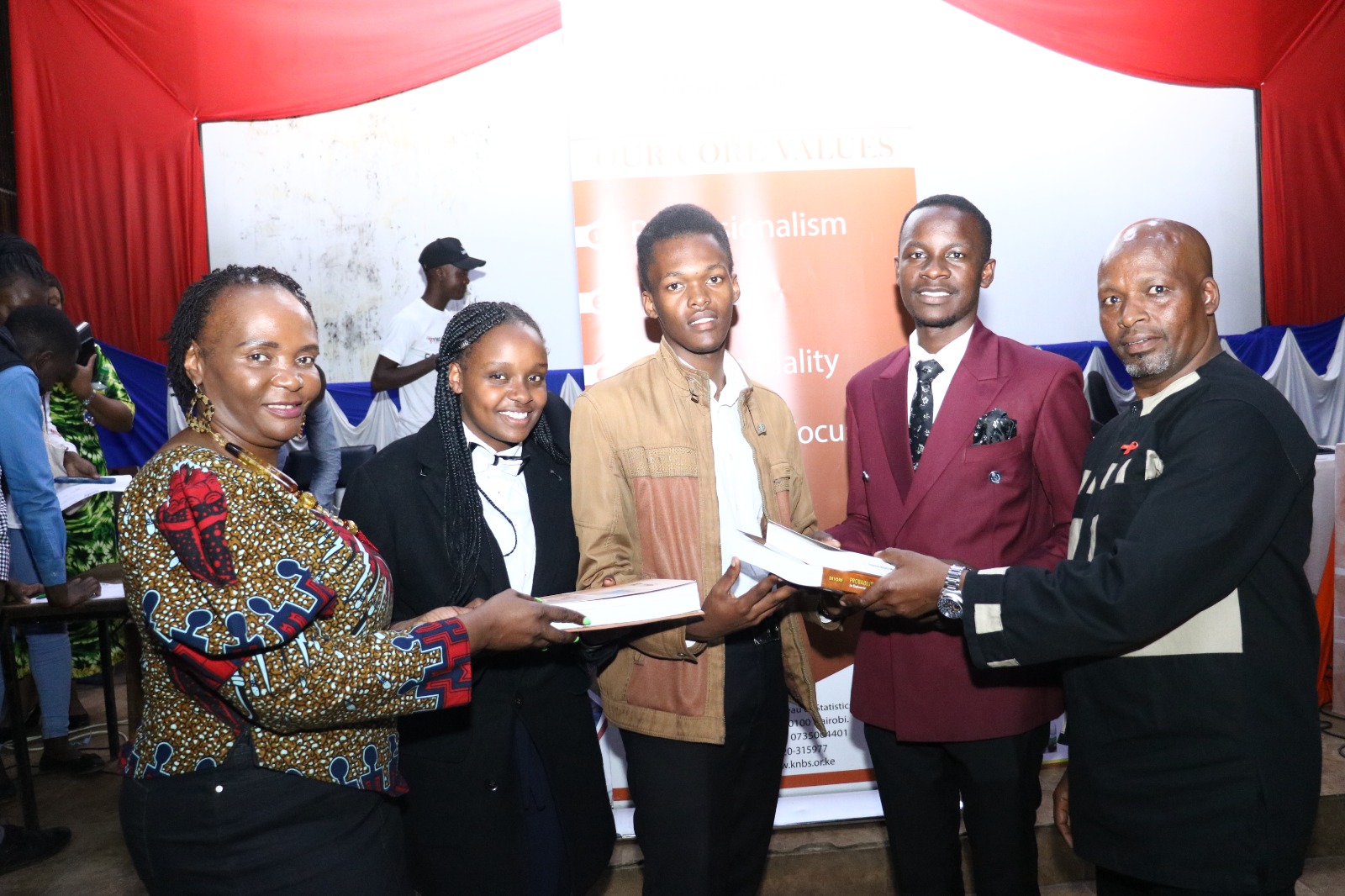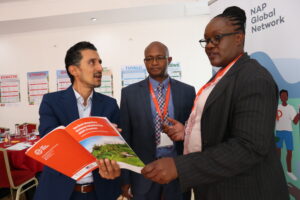
“Educate an African fit for the 21st Century: Collective Action for Quality, Inclusive, and Lifelong Learning.” This is the African Union’s call for all governments and other players on the continent.
Media is a critical partner in the journey of transforming education in Kenya and the larger continent of Africa.
East African governments, particularly Kenya, Uganda, and Tanzania, are in a race to embrace competency-based education systems, known as CBC here in Kenya.
As we help the learner achieve their various competencies, we can not forget the competencies that help mold a whole learner. In the Kenyan context, we refer to these competencies as life skills and values.
You may be aware that in its first phase, we assessed over 45,000 in-school and out-of-school adolescent boys (48.6%) and girls (51.2%) from 13 to 17 years of age. The assessment covered 35,720 households, across Kenya, Uganda, the Tanzanian mainland, and Zanzibar. The assessment
focused on three skills (self-awareness, collaboration, and problem-solving) and one value, (respect). The findings indicate that less than 10% have proficiencies in the skills.

The competency-based curriculum aims to nurture every learner’s potential and mainstream values and life skills; however, the framework of integration and measurement of life skills and values has been lacking, especially across the East African region.
Action for Life Skills and Values in East Africa (ALiVE) envisions a world where the schooling generation acquires the needed competencies to navigate the complexities of the 21st century and live meaningful lives. ALiVE is an initiative of the Regional Learning Initiative (RELIAfrica). The goal of the initiative is to support the four national education systems.
Kenya, Uganda, Tanzania, and Zanzibar) in their focus on competencies, inform regional policy throughout the East African Community, and contribute to global knowledge on the measurement of life skills and values in context.
Currently, ALiVE has developed a contextualized tool via a learning-through-doing approach. So far, we have produced 47 local experts in assessment. We have developed an assessment tool targeting learners aged 6–17 in the areas of life skills and values. We are also influencing approaches in teacher training colleges to ensure that life skills and values are integrated throughout the entire education journey of the African learner.
We rolled into action fully aware that this is not a time to complain about what is not working at CBC; it is a time to unite and make it work for the better of our learners. We have therefore committed to developing resources that will help produce a whole learner who is not only equipped with technical skills but also armed with values and life skills that can help them lead meaningful lives and fit well in society.
In November and December of 2023, the Zizi Afrique Foundation convened a group of teachers from 6 countries to learn from Prof. Esther Care, a renowned expert in the measurement of core
competencies and values.
In two months, the teachers went through a 7-module practical learning session on the development of tools to assess core competencies and values among 6–12-year-old learners.
Through this process, the teachers developed tools to assess problem-solving, collaboration, and respect. These tools have been integrated into Environmental Activities in Grade 3, Science and Social Studies in Grade 5, and Integrated Science, Social Studies, and Creative Arts and Sports in Grade 7. The tools have gone through various stages of revision after think-aloud/cognitive laboratories and are now ready to be tested with the learners.
On February 27th, 2024, ALiVE conducted the first pilot of the tools in three schools:
Kamihindu and Ngurubani Westlands primary schools are located in Kiambu, Kirinyaga, and Nairobi counties, respectively. The lessons drawn from the pilot will inform how we shape the national assessment that we shall conduct later in the year.
This evening between 3:30 pm and 4:30 pm EAT, we shall be convening a virtual learning session to appreciate the extent to which East African education systems have embedded life skills and values. Kindly register via the link provided and join us online:
Register here: https://zoom.us/meeting/register/tJMsdOirpj0vHdR4CD1P4ThubO-RZ2qGxVVI







